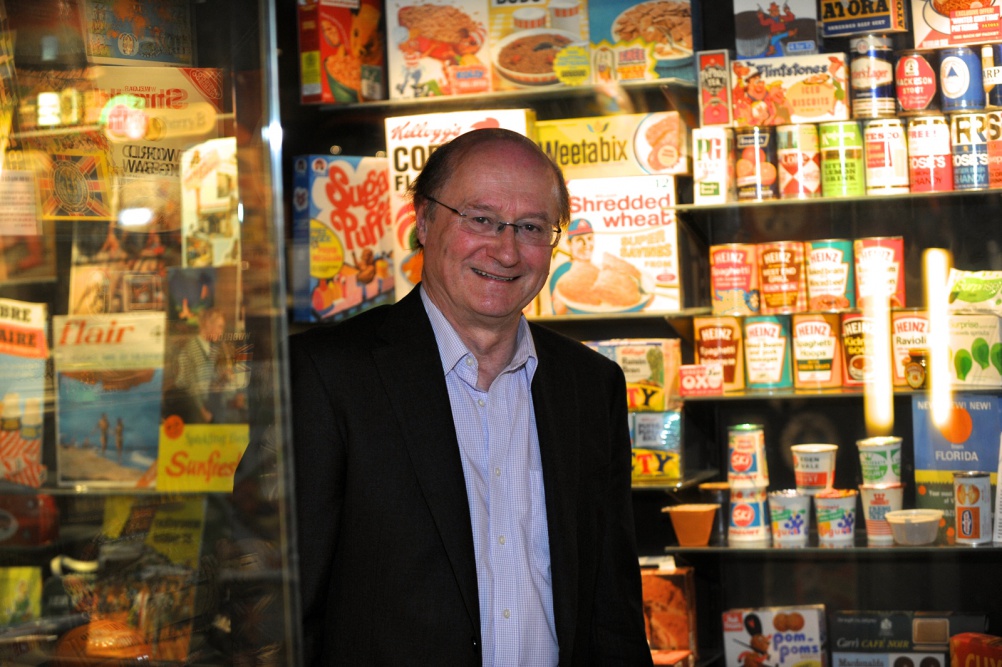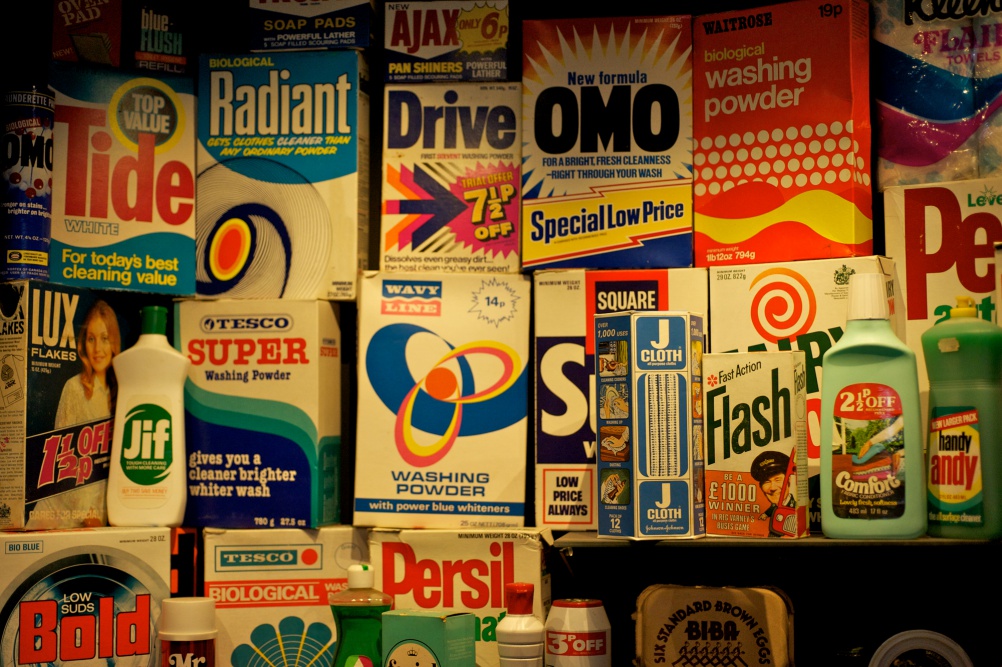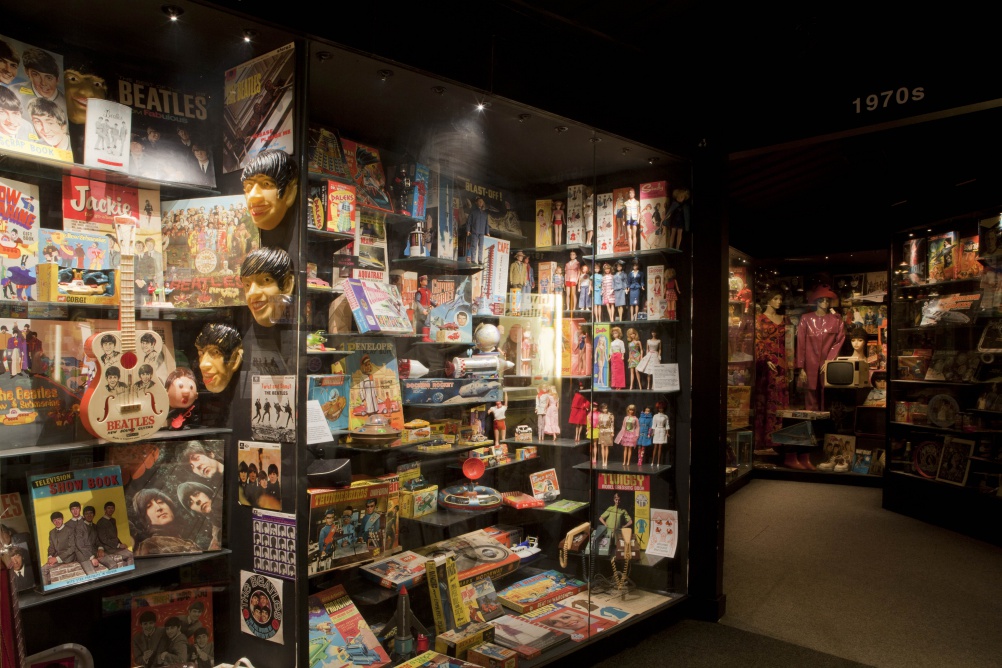“We show the things others chuck out” – Robert Opie’s Museum of Brands and Packaging
We talk to Robert Opie, founder-director of London’s Museum of Brands, Packaging and Advertising, as the museum prepares to move to a new venue on Lancaster Road.

“This is a museum that never should have existed,” says Robert Opie, director of the Museum of Brands, Packaging and Advertising. “Why would you display the things that everyone else is chucking away?”
Since 1984, that is exactly what the museum has been doing – showcasing a 12,000 strong collection of packaging and branded objects from First World War Oxo Cubes and 1930s Mars Bars to cult nostalgia items like Spangles and Fiendish Feet Yoghurts.
This summer, the museum is moving from its current premises in London’s Notting Hill to the London Lighthouse Building on Lancaster Road, formerly owned by the Terence Higgins Trust.
It is a move, Opie says, that will allow the museum to showcase more of its collection and to improve the visitor experience. He says: “My aim is always that the visitor can have a one-on-one connection with an item that their grandfather might have bought or that they might have had as a child.”
Opie founded the museum following a 16-year career in market research. A lifelong branded packaging obsessive, in 1975 he held an exhibition – The Pack Age – at the Victoria & Albert Museum.
He says: “At the time there was nowhere in the UK where you could go and see commercial art – nobody seemed to be keeping a record of this sort of thing.”

As director of a museum that displays items that others might send to the recycling box or to landfill, Opie has had to be creative in sourcing and building his collection. Several items, he says, are specimens saved in legal cases or as part of company procedures, while a major source is the antiques trade.
He says: “These are the people clearing out shop displays. This is where you can get things like tins of beans – obviously they’re empty so that that when they were in shop windows they wouldn’t explode…”
Opie says he will lead the design of the new museum. As well as keeping existing features such as the Time Tunnel and Brand History sections, he says he is hoping that the new space will allow him to create a permanent display of brands’ commercial art.
He says: “It’s very hard to see all of this in one place – you can see TfL graphics at the Museum of London and Shell art at the National Motor Museum and once in a lifetime the V&A might have a poster exhibition. We want to create a permanent history of commercial art.”
This aspiration ties in to Opie’s belief that the museum is not just a entertaining visit for nostalgia-seekers, but is also a useful resource for practising designers. He says: “If you’re a designer – whatever you’re working on or wherever you’re coming from you can see things from the past that will provide you with inspiration for the next step forward.”
The museum will close in its current premises on 5 July and reopen in its new venue in September. While the new premises will allow it to broaden its scope, Opie still has ambitions. “I’m still waiting for the V&A to move out,” he says. “With our collection, we could easily fill their building…”

-
Post a comment




